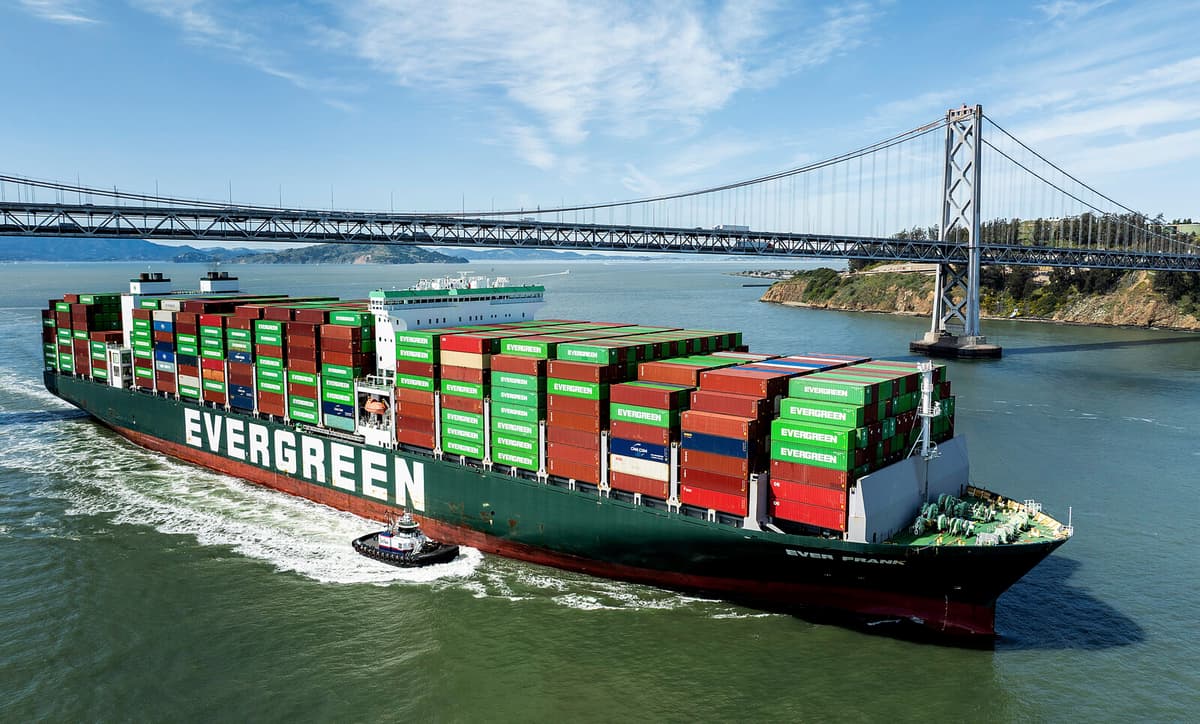The new fees have already been preceded by stock market frenzy and concern about how other countries will act.
American investors have taken a break after a week of intense pressure on the sell button. The S&P500 index had then dropped 9.1 percent in five days, the sharpest decline since the pandemic in 2020. Similar figures were seen around the world, where the Stockholm stock exchange's broad index also plummeted over 9 percent.
Early on Saturday morning, the first broad American tariffs came into effect, a 10 percent duty on goods from all countries, with the exception of Canada and Mexico.
Canada and Mexico have their own trade agreement with the US, where Trump has already threatened with higher tariffs, and Canada has also responded - it concerns, for example, car parts, steel, and aluminum.
However, on April 9, the big blow will come, when individual import tariffs are directed against individual trading partners such as the EU, Japan, and China.
Early on the first day of the tariffs, Trump writes on X : "We see that jobs and companies are coming back like never before" and "it won't be easy, but the result will be historic", he writes.
How does the EU respond?
What first made the stock markets dip was Trump's announcement on Thursday night (Swedish time) that tariffs directed at 60 countries and regions would be introduced, but what made them plummet was China's announcement that the country would respond with 34 percent tariffs on American goods.
How, for example, the EU and Japan will respond is still unknown. Some analysts hope that Trump's announcement is a negotiating tactic - and that the high tariffs may never have to become a reality. Others point out that Trump has long advocated for tariffs to address the American trade deficit and problems with domestic production, and what he describes as the US being "robbed" by trading partners.
Customers rushed to buy
In the US, there are signs that customers have rushed to stores to buy foreign-made goods before the new tariffs on foreign goods come into effect.
There is concern among economists and analysts that an escalating trade war is looming, which could lead to a global recession. The UN trade organization UNCTAD is calling for dialogue.
"Higher tariffs risk weakening investments and trade flows - creating uncertainty in an already fragile context", the sub-organization writes.
25 percent tariffs on vehicles and vehicle parts. For vehicles, the tariffs began on April 3, for parts gradually until May 3.
10 percent on imports from all countries (except Canada and Mexico), came into effect on April 5.
25 percent on all imports from countries that buy oil or gas from Venezuela. The decree states that the tariffs can be introduced from April 2.
25 percent tariff on all steel and aluminum came into effect on March 12.
Tariffs against 60 trading partners in addition to the 10 percent will come into effect on April 9. Including 34 percent on China, 20 percent on the EU, 25 percent on South Korea, and 32 percent on Taiwan.
Tariffs on 25 percent on goods from Mexico and Canada - the US's two largest trading partners - came into effect on March 5. But many goods were exempted the next day.





